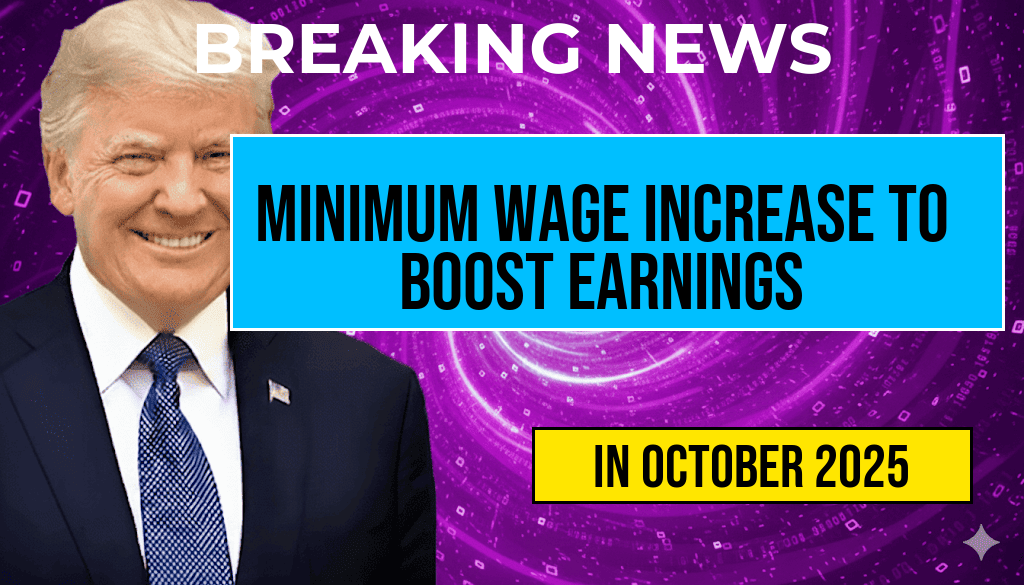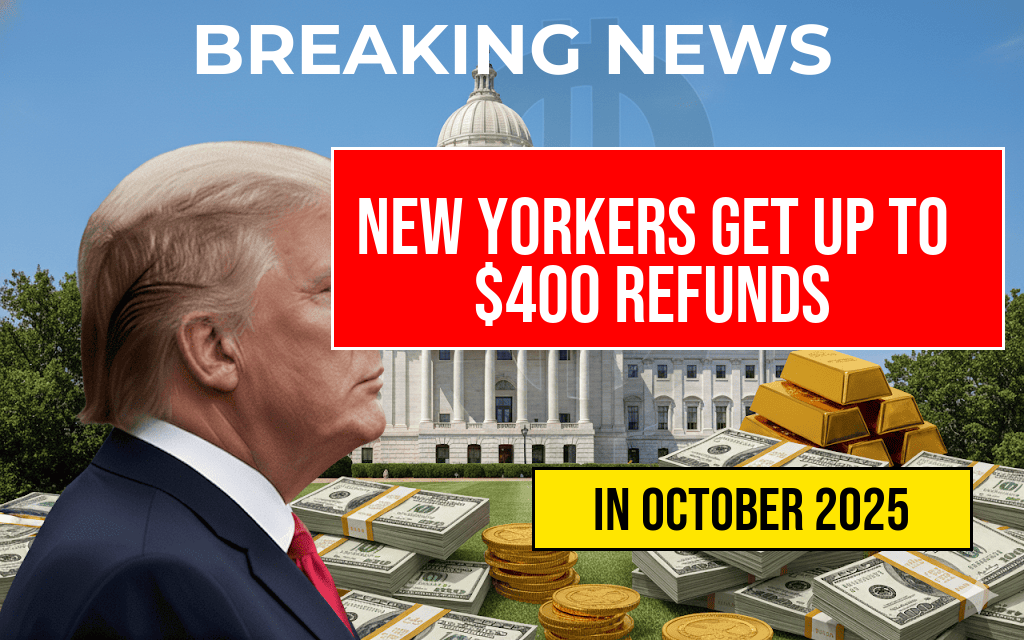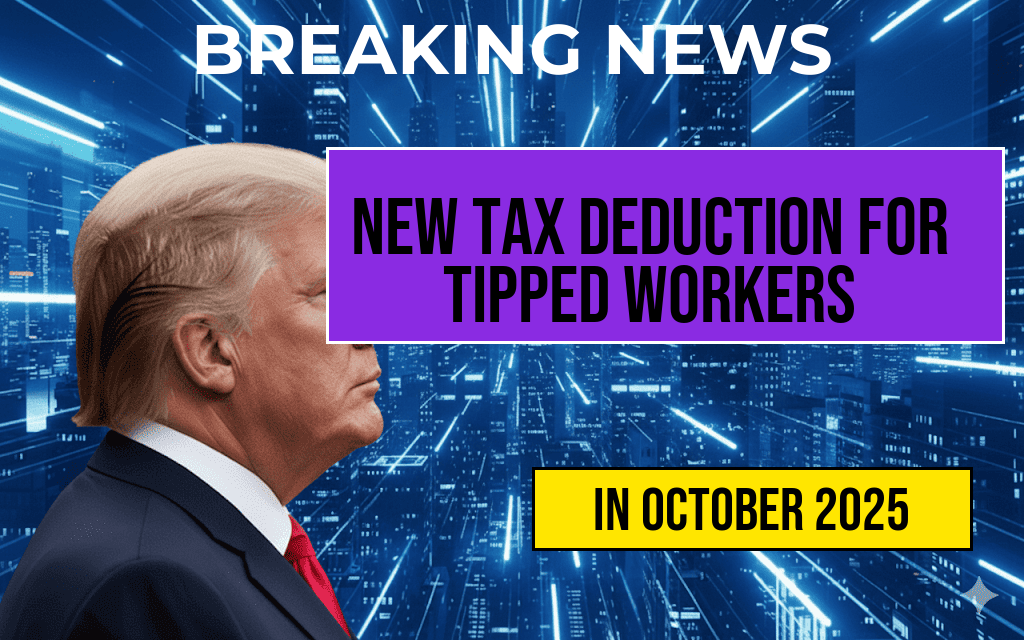California and New York are on the brink of implementing a new hourly minimum wage of $16.50, a significant move aimed at improving the financial well-being of low-income workers. This wage increase, which is part of broader efforts to address income inequality, is expected to take effect in the coming months. Advocates argue that raising the minimum wage is essential for workers to keep up with the rising cost of living, particularly in urban areas where housing and everyday expenses have surged. Meanwhile, opponents voice concerns about potential impacts on small businesses and employment rates. As both states prepare for this change, the implications for workers, businesses, and local economies are being closely monitored.
Details of the Wage Increase
The decision to raise the minimum wage to $16.50 reflects ongoing discussions around fair compensation and living wages in the face of escalating inflation. In both states, the proposed wage increase aligns with existing initiatives aimed at gradually raising minimum wages over the next several years.
California’s Approach
- Legislative Framework: California’s minimum wage increase is part of a broader legislative effort that has seen incremental raises over the past few years.
- Economic Context: The state has grappled with high living costs, particularly in cities like San Francisco and Los Angeles, where housing prices have skyrocketed.
- Business Reaction: Small business owners are expressing mixed feelings, with some arguing that the increase could lead to job cuts or reduced hours for employees.
New York’s Initiative
- Implementation Timeline: New York’s plan mirrors California’s, aiming to implement the wage increase in a phased manner, allowing businesses to adjust.
- Impact on Workers: Supporters argue that raising the minimum wage will directly enhance the quality of life for many workers, particularly in the hospitality and retail sectors.
- Potential Drawbacks: Critics warn that the wage hike might discourage hiring and lead to higher prices for consumers.
Broader Implications
As California and New York move forward with the wage increase, other states may look to these models as examples. The potential ripple effects on local economies, consumer spending, and overall employment rates are hot topics among economists and policymakers.
Economic Analysis
| State | Current Minimum Wage | New Minimum Wage | Estimated Workers Affected |
|---|---|---|---|
| California | $15.00 | $16.50 | 1.5 million |
| New York | $15.00 | $16.50 | 1.2 million |
Stakeholder Perspectives
Various stakeholders are weighing in on the proposed wage increase. Labor unions are largely in favor, emphasizing the need for better pay in light of inflation. Conversely, business groups express concern about the potential for increased operating costs, which could lead to higher prices for consumers.
Looking Ahead
The implementation of a $16.50 minimum wage in California and New York marks a pivotal moment in the ongoing debate about workers’ rights and economic equity. As the states finalize their plans, the outcomes will likely influence wage policies across the nation. Observers will be closely watching how these changes affect employment, business operations, and the overall economy in the months and years to come.
For further information and updates regarding minimum wage developments, you can visit Forbes or refer to Wikipedia.
Frequently Asked Questions
What is the new minimum wage being implemented in California and New York?
The new minimum wage being implemented in both California and New York is set at $16.50 per hour.
When will the $16.50 minimum wage take effect?
The exact date when the $16.50 minimum wage will take effect may vary, but both states are moving forward with plans to implement it in the near future.
Who will be affected by the new minimum wage in California and New York?
The new minimum wage will affect all workers in California and New York who earn below this threshold, including part-time and full-time employees.
How does the new minimum wage compare to the current rates?
The $16.50 minimum wage represents an increase over the current rates, which are lower in both states, thus aiming to provide better financial support for low-wage workers.
What are the potential impacts of the $16.50 minimum wage on businesses?
The implementation of the $16.50 minimum wage may lead to increased labor costs for businesses, but it could also enhance employee satisfaction and reduce turnover rates.











